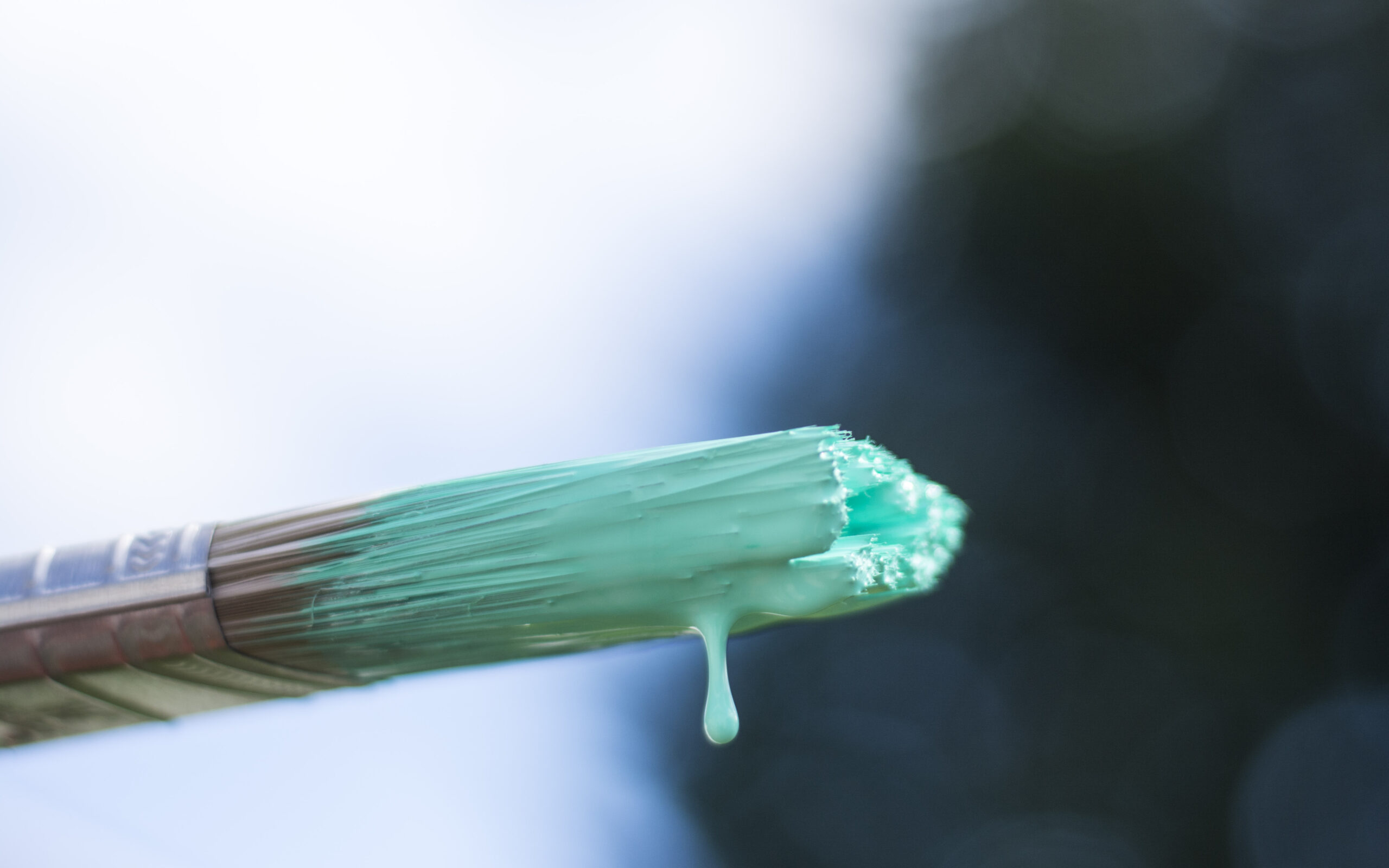CARIBOU, Maine — A fresh can of paint, brushes, tape and a little knowledge are all it takes to completely transform a home. Home painting is not only easy to learn, but it also makes for a rewarding DIY (do-it-yourself) project.
Cody Cyr, assistant manager at Sherwin-Williams in Caribou, recently shared some painting tips for those hoping to get started.
Interior painting typically requires less paint overall, and poses fewer obstacles as weather is not a factor. Aside from paint, the only other necessary tools are brushes and rollers, though paint trays and painter’s tape are recommended to reduce any potential messes.
Cyr said many of his customers “tend not to like” painter’s tape and instead opt to use a two foot trowel to save time.
“For regular DIY projects,” he said, “we’d recommend FrogTape, which has a much better adhesion to surfaces and swells up when paint touches it. This creates a moisture block that eliminates bleedthrough that you sometimes find with regular painter’s tape.”
He also recommended taping long strips along the edges of the area, about four to five feet in length, in order to prevent bleedthrough.
Cyr recommends Ovation and Superpaint for hallways and bedrooms, which are respectively entry-level and mid-grade paints. He said they are best for areas where it’s unlikely that the walls would get rubbed or scratched.
He recommends their Emerald paint, their high grade product, or any similar paint that has superior durability and resistance, be used in rooms that are connected to the kitchen. All in all, he said the mid-grade Superpaint is a safe bet that “tends to work with you rather than against you.”
All Sherwin-Williams paints contain primer, which helps them adhere to previously painted surfaces. However, Cyr said it is best to pick up some multipurpose primer before painting onto bare wood or drywall, and that primers that are tailored for specific surfaces also are available.
Homeowners can often get away with using a single coat, Cyr said, but this depends on what they’re looking for in terms of durability. A single coat of lower grade paint may result in degradation after scrubbing or scratching walls.
“Application of higher grade paint is usually good enough to where it can cover lighter to medium colors,” he said, “but we’d recommend a tinted primer for painting over walls with vibrant colors.”
Some of the outlets popular colors are Poised Taupe, a darker beige, and Oceanside, a medium dark blue with a hint of teal. Cyr said that he’s seen several colors come back into the store, with buyers admitting that they regretted using vibrant reds, as it can be hard to “get to the true color” without laying down “two to three coats.” Vibrant reds also are difficult to paint over afterward without the help of a tinted primer.
Exterior paint, on the other hand, requires between five and ten gallons of paint overall, according to Cyr, and can be purchased in five gallon buckets.
As with interior painting, Cyr said the mid-grade SuperPaint is a fairly safe bet for exterior painting, and it is also considered an entry level paint if it’s covering vinyl siding. Resilience is the next step up from SuperPaint, and Cyr said its moisture guard will allow someone to paint up until two hours before a rainstorm without any fears of being washed away.
“Our Resilience paint can be applied directly to wood, aluminum, metal, galvanized metal, and concrete,” he said. “You can even get away with one coat, but two coats are always recommended” for exterior painting.
The highest grade paint, Emerald, combines the best qualities of all other paints and “throws it into one can,” Cyr said, adding that customers have told him it “goes on like butter,” and a single can will provide about 300 square feet of coverage.
Preparation is key when it comes to exterior painting, and Cyr said a common mistake is for homeowners to start painting immediately after pressure-washing the surface of a home.
“That will really drive moisture into the wood and can create splitting,” he said. “The paint will start peeling after it’s applied, because the wood is trying to push the moisture out.”
He said it’s best to wait through a “couple weeks of good weather” to paint after pressure washing.








